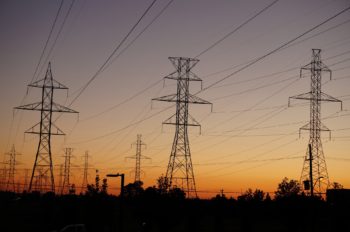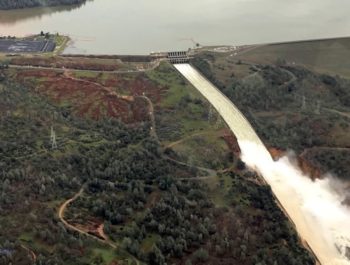
Trump has pledged to roll back President Barack Obama’s “Climate Action Plan,” which includes the Environmental Protection Agency’s (EPA) Clean Power Plan (CPP) that requires states to find ways to cut carbon dioxide emissions from power plants.
After Trump repeals the CPP, however, some argue he will legally be required to replace it with something else.
“I think that they’ll have to, by law,” former EPA Deputy Administrator Bob Perciasepe told E&E News in an interview Monday. “So, if they withdraw the Clean Power Plan, there will undoubtedly be legal actions taken to force some other replacement activity.”
Perciasepe is referring to EPA’s statutory obligations under the Clean Air Act (CAA). Outside groups can sue the EPA for not carrying its statutory obligations, which in this case would be regulating CO2 from power plants.
Will Yeatman, a senior fellow at the libertarian Competitive Enterprise Institute, however, said the Trump administration does have some wiggle room to avoid replacing the CPP if it’s repealed.
Yeatman said the CAA’s section 111(d) standards justifying the CPP is “arguably a non-discretionary duty without a date-certain duty.”
“So there’s a lot of leeway for the EPA to repeal the rule, and then argue that the agency faces thousands of non-discretionary duties, of which thousands are date-certain,” Yeatman told The Daily Caller News Foundation.
Yeatman’s point is, if sued over the CPP’s repeal, the Trump administration could argue in court the CAA does not set firm deadlines when it comes to regulating CO2 under section 111(d), but it does do so for other statutory duties EPA must carry out.
“In light of these responsibilities and also the agency’s limited resources, the agency could argue that it has more pressing priorities,” Yeatman said. “So that’s one way to repeal and not replace.”
But Yeatman said the easiest thing to do would be to revise the rule. He suggested issuing a rule with “inside the fenceline” measures at particular plants as opposed to “beyond the fenceline” measures requiring states to make economy-wide CO2 reductions.
“I’d limit the rule to what everyone agrees the law allows EPA to so: set “inside the fenceline” heat-rate efficiency standards for fossil fuel power plants,” Yeatman said.
“I’d prefer no regulations, of course, but if the federal government vacates the field, then I fear that a state climate tort would become more likely,” he said.
The CPP requires states to reduce carbon dioxide emissions from existing power plants. The rule also made it nearly impossible to build new coal-fired power plants by mandating they use carbon capture and storage technology — such equipment hasn’t been commercially proven.
EPA allows states to use a combination of four building blocks to reduce CO2: improve efficiency at coal plants, replace coal power with natural gas, use more green energy and reduce energy demand.
Dozens of states, business groups and unions have challenged the CPP in court, arguing EPA doesn’t have the authority to “reorganize the nation’s energy grid.” EPA, on the other hand, argued the CPP was lawful and necessary to galvanize other countries to cut CO2 emissions.
















